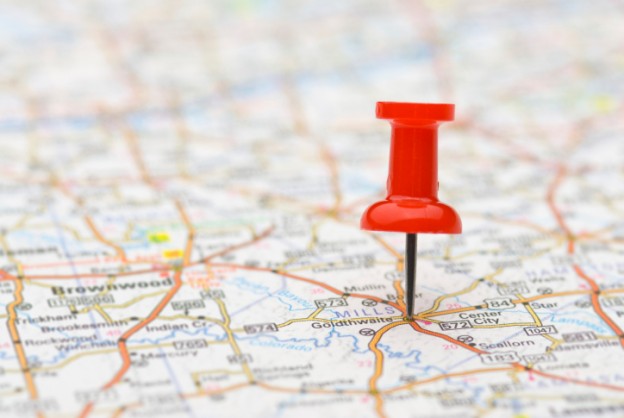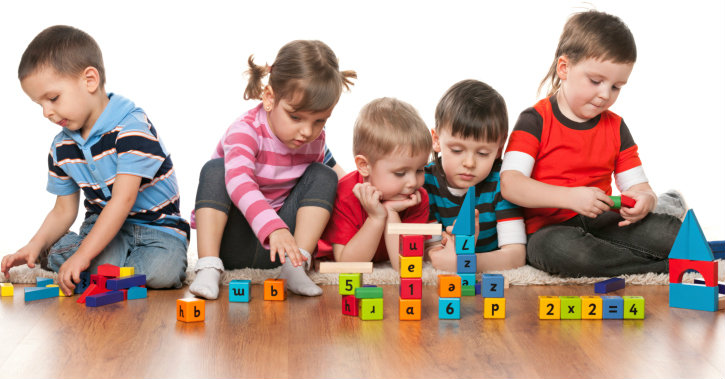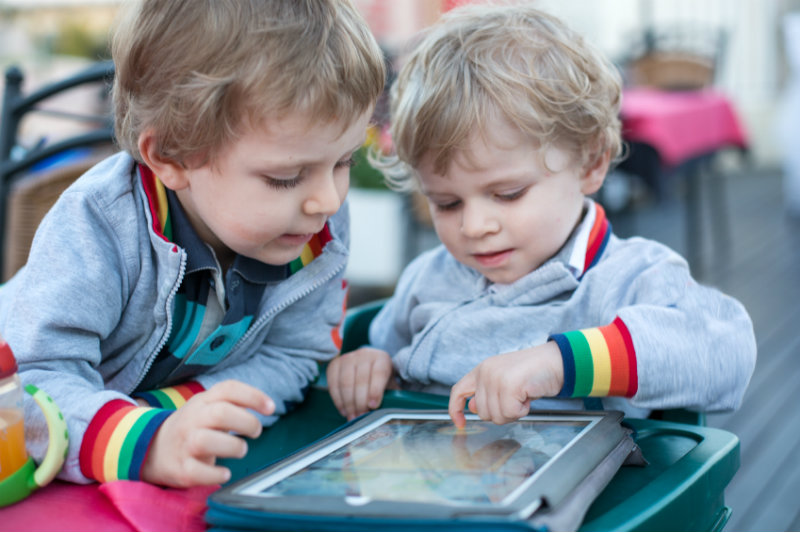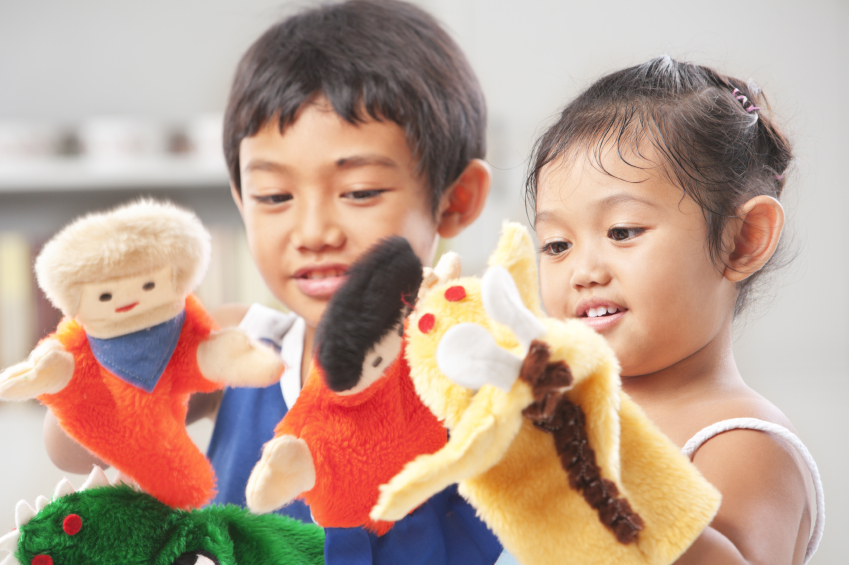
Special Education 1 Teach Causality: The If this...Then Contingen
A neurotypical child begins to understand the basics of Causality and the concept of action/reaction early in their developmental lives. But it isn’t really until 18 months or so that you can begin to reason with a child and scaffold time by structuring the day in a series of before/after or now/later teachable moments and activities.
Causality is a building block for later social-emotional competency, resiliency, sequencing, and the ability to problem solve. It is one of the first skills I address in Early Intervention. If done right, a child begins to learn to experience the passage of time and learn delayed gratification skills as well.
The child also learns that the adult in their “inner circle” keeps his/her word, facilitating Emotional Attunement and rapport. This increases one’s psychological sense of well being and ability to stay receptive to learning new things and being challenged; two areas where resiliency really counts!
Recommended Activities:
2. Teach Categorization Skills
Structured language development intervention is crucial for the child with special needs who may have challenging behaviors and gaps in their lexicon, interfering with their ability to demonstrate social communication competency .
The child needs to learn pre-literacy skills such as categorization to help him/her make sense of the world, and become prepared for later academics and learning experiences. However, even if the child is not yet ready to learn literacy skills, I still advocate teaching pre-literacy skills! Why? To develop better episodic memory to counteract disorientation to person/place/time which can be “triggered” at any moment, given fluctuating neuropsychological and emotional status. To that end, I spend as much time as it takes on developing a visual and cognitive working vocabulary by teaching vocabulary in this order: matching, object function, association, and exclusion skills.
Categorization is NOT just about grouping like items together and calling it a day! To achieve authentic, generalized, and cognitive social communication proficiency, a child with special needs MUST learn to identify and explain “which item doesn’t belong with the others”.This is the gateway to later inferencing, verbal reasoning, the ability to answer why? questions without contextual cues and perceptual support, and resiliency.
A child who understands how to categorize vocabulary and events in life can better “bounce back” and adapt when routines change, familiar patterns get rearranged, and new, challenging concepts and teachable moments are introduced.
Recommended Activities:
3. Teach humor
Developing a sense of humor is one of the most important byproducts of being resilient. It is a natural progression of correctly and methodically implementing my Socially Speaking™ Techniques in treatment.
4. Teach play
Play skills development is a crucial, fundamental readiness indicator for a child to learn social skills, particular one with Autism. Why? Play helps with stress management and resiliency by allowing the child to decompress and freely associate gleaned memories and perceptions from the five senses.
Play also allows the child to recreate (as many times as needed) and internalize the rules and roles he/she sees in the immediate environment. It thus fosters Self Concept, emotional engagement with others, and the ability to self regulate.
Play facilitates the child’s understanding of the environment (i.e. the structure and routine, rules, and expectations of said environment). It provides social referencing through empathy (i.e. it integrates emotional and cognitive development through perspective, Also known as Theory of Mind-TOM).
That’s why I’m such an advocate of integrating toys and tech (namely iPad Apps) in treatment. I have an entire page on my website, devoted to the importance of play, with links to various resources, which you can access here. An effective, developmental , multi-sensory, and child-centric social skills plan of action utilizes play based learning techniques to teach specific goals and concepts needed for later transitioning from a “Me” to a “We” as needed.
Recommended Activities:
A Behavioral Road Map for a Child with Autism and other Special Needs
Behavior management and social communication are two key IEP goals that are continuously assessed and updated for special education students, especially at this time of year.The Key to Remediation
The key to starting points for remediation is understanding how to foster one crucial psycho-social trait; resiliency. Resilience is a social skill that is honed over time, but in a child with Autism and other special needs, this can take a while to learn and when learned, can be demonstrated inconsistently. Environmental “triggers” and contributing factors can hamper rate and consistency of progress and performance, contributing to the child’s disorientation of person/place/time and reduced episodic memory. In layman’s terms, the opposite of resiliency is the previously discussed transitioning difficulty. Understanding the child’s “inner landscape” and mapping a route to help that child bridge gaps between readiness to learn and actual performance. Help with self regulation and social communication is what successful intervention is all about.The Socially Speaking™ Roadmap for Resiliency: What To Teach When?
Here are my four suggestions of which skills to teach to facilitate readiness to learn social skills, foster better behavior, and increase carryover of learned skills in preschool aged children.1 Teach Causality: The If this...Then Contingen
A neurotypical child begins to understand the basics of Causality and the concept of action/reaction early in their developmental lives. But it isn’t really until 18 months or so that you can begin to reason with a child and scaffold time by structuring the day in a series of before/after or now/later teachable moments and activities.
Causality is a building block for later social-emotional competency, resiliency, sequencing, and the ability to problem solve. It is one of the first skills I address in Early Intervention. If done right, a child begins to learn to experience the passage of time and learn delayed gratification skills as well.
The child also learns that the adult in their “inner circle” keeps his/her word, facilitating Emotional Attunement and rapport. This increases one’s psychological sense of well being and ability to stay receptive to learning new things and being challenged; two areas where resiliency really counts!
Recommended Activities:
- Arts & Crafts with finger or Dot-paint and blank paper
- simple baking tasks,
- dressing/undressing to bathe (if child likes that) or then play outside.
2. Teach Categorization Skills
Structured language development intervention is crucial for the child with special needs who may have challenging behaviors and gaps in their lexicon, interfering with their ability to demonstrate social communication competency .
The child needs to learn pre-literacy skills such as categorization to help him/her make sense of the world, and become prepared for later academics and learning experiences. However, even if the child is not yet ready to learn literacy skills, I still advocate teaching pre-literacy skills! Why? To develop better episodic memory to counteract disorientation to person/place/time which can be “triggered” at any moment, given fluctuating neuropsychological and emotional status. To that end, I spend as much time as it takes on developing a visual and cognitive working vocabulary by teaching vocabulary in this order: matching, object function, association, and exclusion skills.
Categorization is NOT just about grouping like items together and calling it a day! To achieve authentic, generalized, and cognitive social communication proficiency, a child with special needs MUST learn to identify and explain “which item doesn’t belong with the others”.This is the gateway to later inferencing, verbal reasoning, the ability to answer why? questions without contextual cues and perceptual support, and resiliency.
A child who understands how to categorize vocabulary and events in life can better “bounce back” and adapt when routines change, familiar patterns get rearranged, and new, challenging concepts and teachable moments are introduced.
Recommended Activities:
- Setting/clearing off a table,
- sorting and folding the child’s own laundry
- grouping photos or photo magnets inside a doll house for the “family” to use or transport on a caravan of toy cars/trucks/animals by object function to teach cognitive/verbal reasoning as well as visual discrimination skills
- creating simple worksheets with rubber stamps, stickers, or iOS Drawing Apps depicting rows of items but one “doesn’t belong here”.
3. Teach humor
Developing a sense of humor is one of the most important byproducts of being resilient. It is a natural progression of correctly and methodically implementing my Socially Speaking™ Techniques in treatment.
- Humor helps us emotionally connect with others and “share a moment”.
- Humor helps us express ourselves in more socially appropriate manners and harness time by “living in the moment”, especially when faced with physical humor and the visual absurdity it presents (funny faces etc.)
- Humor helps a child face adversity and unfamiliar/undesirable activities and transition between them. It fosters the ability to “go with the flow” and take constructive criticism as needed.
- Physically ready (have sensory processing and self regulation ability so emotional ability (i.e. uncontrollable laughter doesn’t endure)
- Emotionally ready (have rapport with you and feel safe)
- Cognitively ready (understand what’s expected and being discussed) so that he/she can join in the fun.
- Juxtapose objects in weird positions and “play dumb” ex: nonchalantly greet the child in the summer wearing gloves and scarf etc.
- Speak with exaggerated affect and accents and record the dialogue and turn it into a digital story.
- Play outlandish dress up role playing games.
- Read the Where Does it Go? book by Margaret Miller.
- Play with the Melissa & Doug™ Dress Up Bears Puzzle Game but mix up the clothes on purpose.
- Make up knock-knock jokes and turn it into a musical arrangement and/or art project.
4. Teach play
Play skills development is a crucial, fundamental readiness indicator for a child to learn social skills, particular one with Autism. Why? Play helps with stress management and resiliency by allowing the child to decompress and freely associate gleaned memories and perceptions from the five senses.
Play also allows the child to recreate (as many times as needed) and internalize the rules and roles he/she sees in the immediate environment. It thus fosters Self Concept, emotional engagement with others, and the ability to self regulate.
Play facilitates the child’s understanding of the environment (i.e. the structure and routine, rules, and expectations of said environment). It provides social referencing through empathy (i.e. it integrates emotional and cognitive development through perspective, Also known as Theory of Mind-TOM).
That’s why I’m such an advocate of integrating toys and tech (namely iPad Apps) in treatment. I have an entire page on my website, devoted to the importance of play, with links to various resources, which you can access here. An effective, developmental , multi-sensory, and child-centric social skills plan of action utilizes play based learning techniques to teach specific goals and concepts needed for later transitioning from a “Me” to a “We” as needed.
Recommended Activities:
- Play with toys that evoke empathy such as dolls, puppets and Little People
- Play with toys that evoke emotion such as mirrors, Crayola™ Color Me a Song, Play Dough™ and Drill & Fill Dentist
- Play with musical instruments, arts & crafts items, construction based games such as Legos and Magna Tiles
- Play with board games that are cognitively appropriate such as Go Fish and Chutes & Ladders.
- You can also see my website’s lists of helpful suggestions here.



